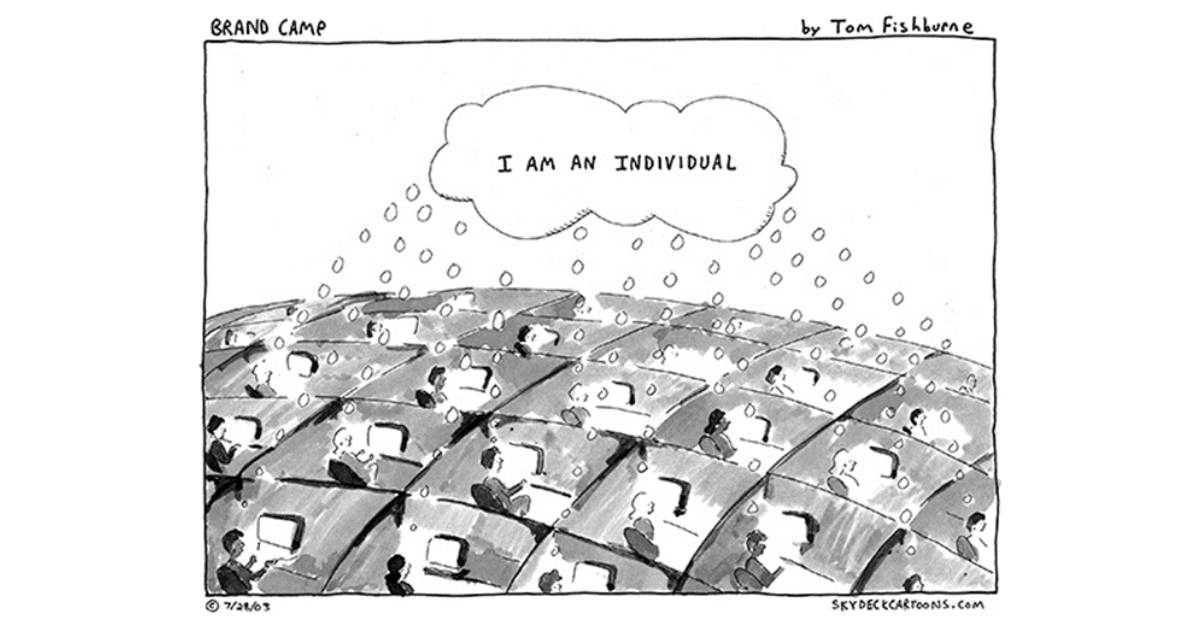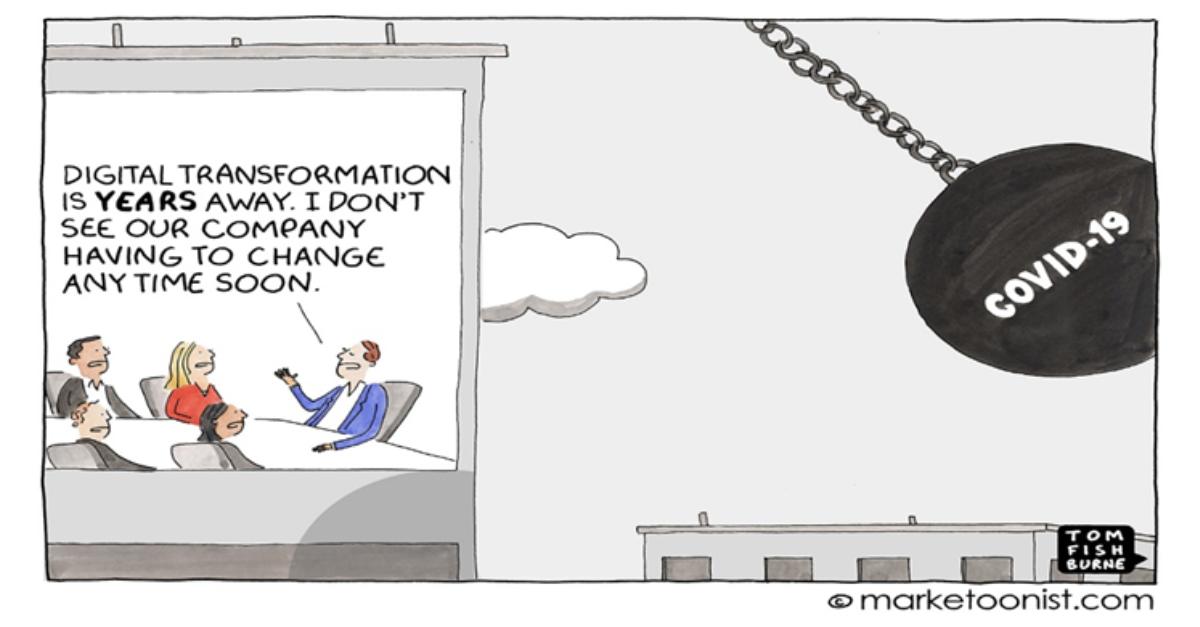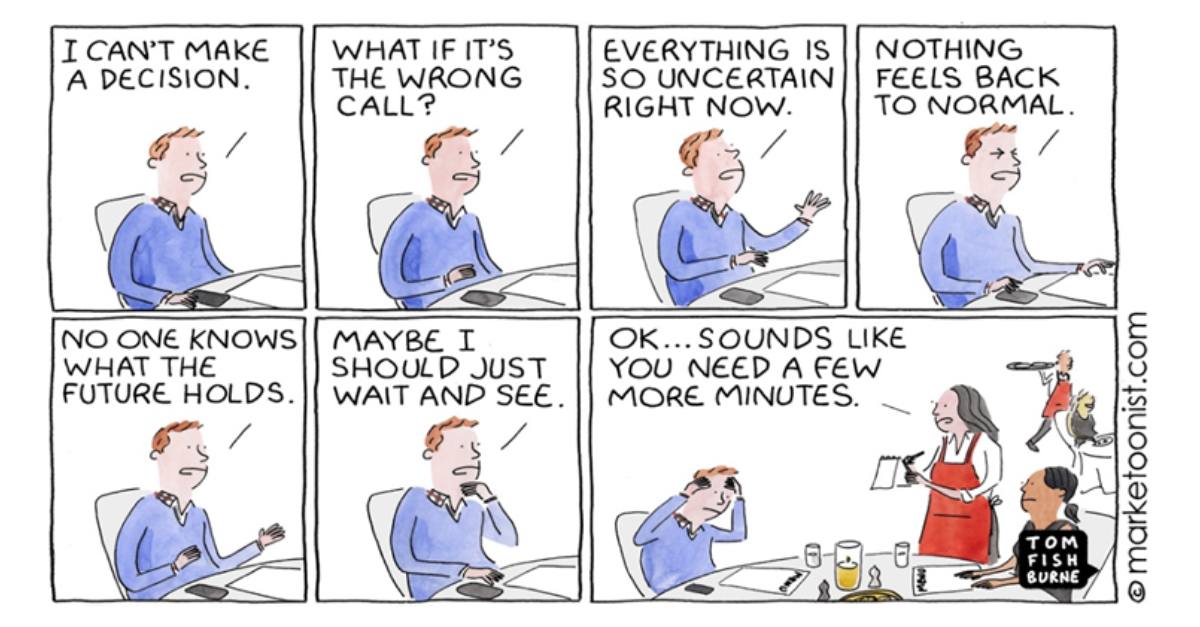Explore the dynamic evolution of workplaces over decades, shaped by societal changes, technological advancements, and the global pandemic impact.
Workplaces have experienced seismic shifts over the decades. The evolution of the workplace is not a straight line, but a dynamic journey influenced by societal changes, technological leaps, and the unprecedented impact of a global pandemic. As we enter a new year and era, understanding workplace evolution unveils our past and future direction.
Dilbert Cubicles: The Rise of Cubicle Culture
In the 1980s and 1990s, Dilbertsville cubicles epitomized corporate life. These compact workspaces were intended to maximize office real estate while providing employees with a sense of privacy. The rise of cubicle culture, however, had unintended consequences. While it offered personal space, it often led to isolation and hindered collaboration. Employee morale suffered as the cubicle walls symbolized a rigid hierarchy and a lack of openness.

Private Offices: Transition to Individual Workspaces
As the corporate world entered the early 2000s, private offices became the norm, with executives and senior staff enjoying secluded workspaces. While this shift aimed to enhance focus and individual productivity, it came with its own set of challenges. The lack of open communication hindered collaboration, and a hierarchical divide between management and staff became more pronounced. The pros of privacy came at the cost of limited interaction and a potential sense of detachment.

Open Plan Offices: Breaking Down Physical Barriers
The 2000s and 2010s ushered in the era of open plan offices, aiming to break down physical barriers and foster collaboration. The removal of walls and partitions helped encourage spontaneous interactions and create a sense of unity among team members. However, the open plan had its drawbacks. Noise, distractions, and a lack of personal space became common issues. Maintaining focus and concentration amid the buzz of activity posed a significant challenge, leading to a reevaluation of the benefits of open spaces.
Bringing Back More Privacy: Recognizing the Pitfalls of Open Plans
The late 2010s saw a return to enclosed spaces, acknowledging the drawbacks of open plans. In the post-pandemic era, this shift gains new significance. The need for personal space and privacy is no longer just about productivity but also about health and safety. Organizations are reconfiguring office layouts to ensure a balance between collaboration and individual well-being.
The Pandemic’s Influence: Catalyzing Collaboration Technology
The 2020 pandemic acted as a catalyst for a profound technological shift in the workplace. As remote work became the norm, the demand for advanced collaboration technology soared. Embracing tools like Microsoft Teams and creating technology-rich conference rooms underscored a commitment seamlessly blending physical and virtual collaboration. Technology continues to play a central role in ensuring connectivity, collaboration, and a sense of unity regardless of physical location.

The Current Hybrid Work Landscape: Redefining How We Work
CEOs find themselves at a crossroads in the post-pandemic era, contemplating the role of physical offices and the future of work. Decision paralysis sets in, rooted not only in economic uncertainties but also in the necessity to redefine the purpose of the workplace. Remote work has proven its viability, leading organizations to question the traditional office model. Technology has become integral to collaboration, and the emphasis on employee well-being has gained prominence, with work-life balance taking center stage. The hybrid work model is emerging as a solution that combines the benefits of in-person collaboration with the flexibility of remote work.

What is the Future of Work?
The lessons learned from Dilbertsville to the present day have culminated in a new understanding of the workplace. The key to success lies in adaptability, foresight, and a willingness to embrace the lessons of the past while envisioning a future that caters to the needs and expectations of a new workforce. The workplace of the new era is not just a physical space; it is a dynamic concept that blends flexibility, technology, and a deep consideration for the well-being of its most valuable asset – the people.

